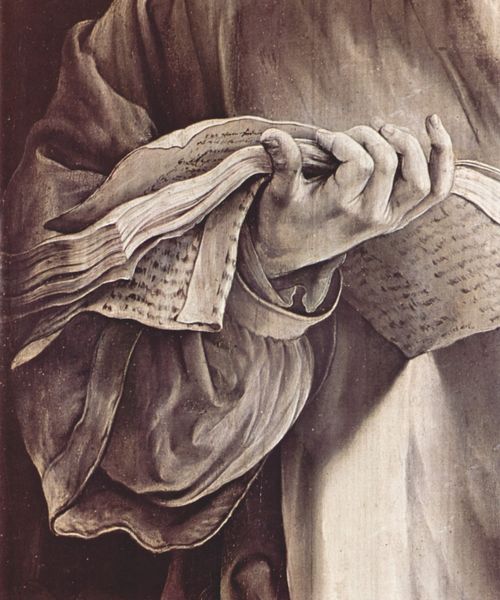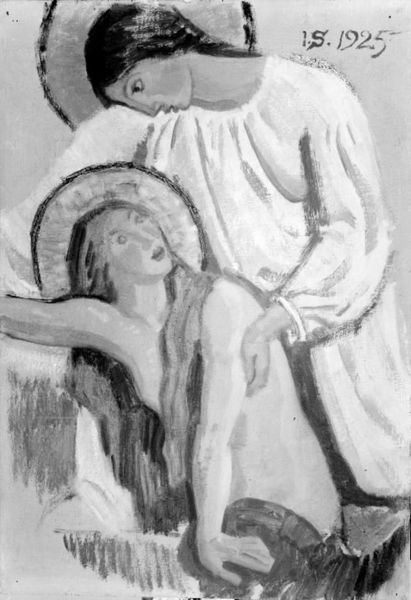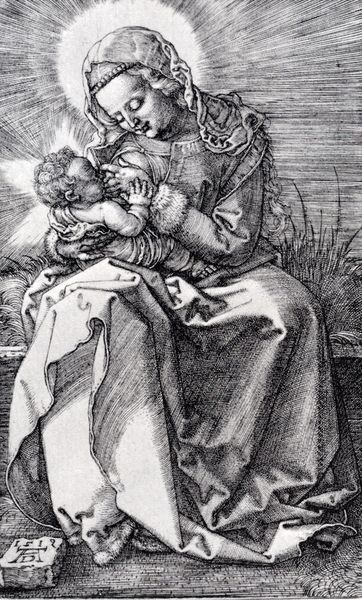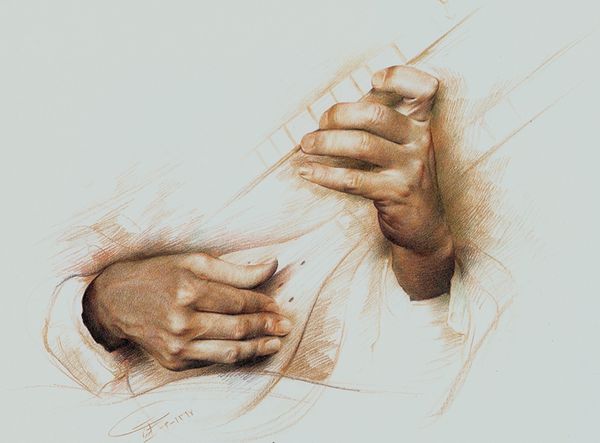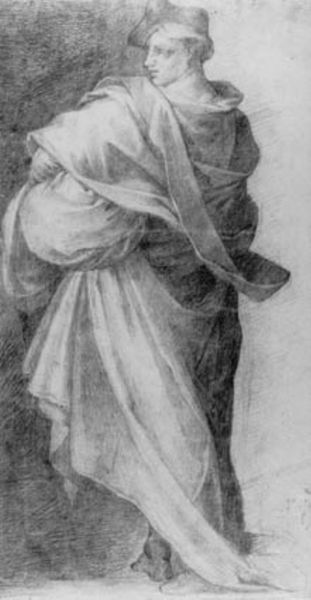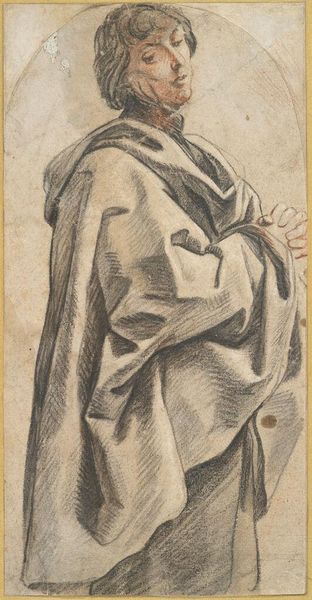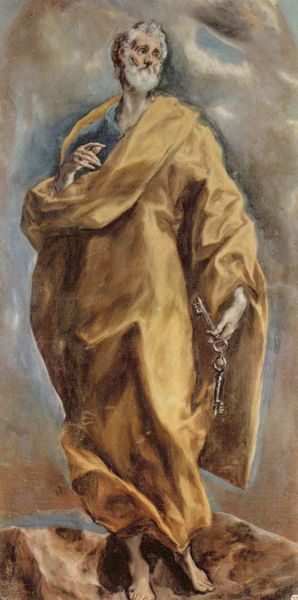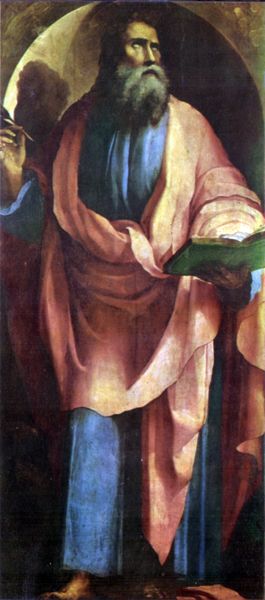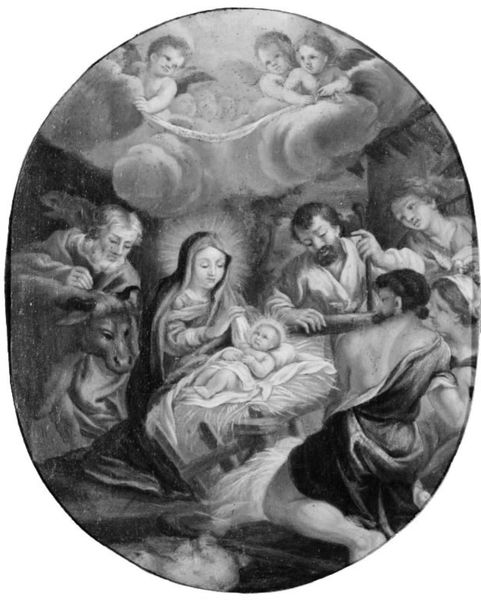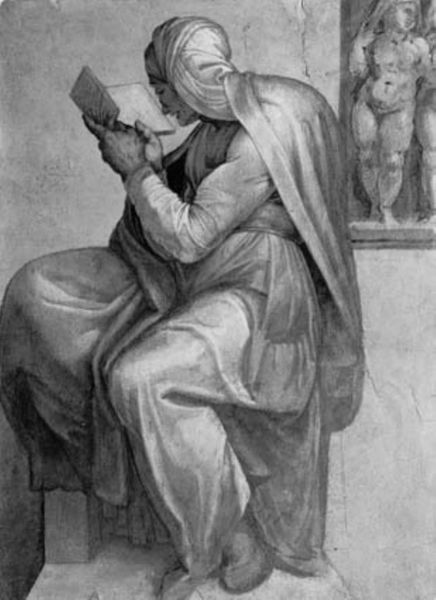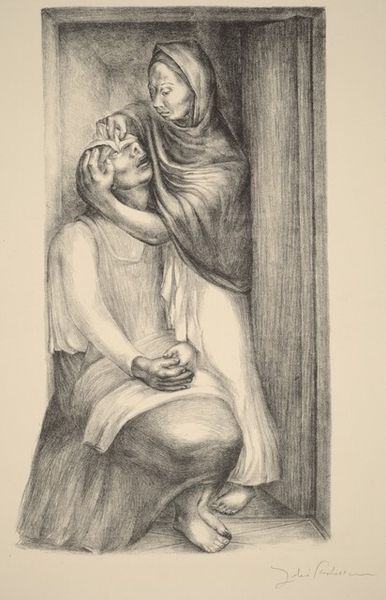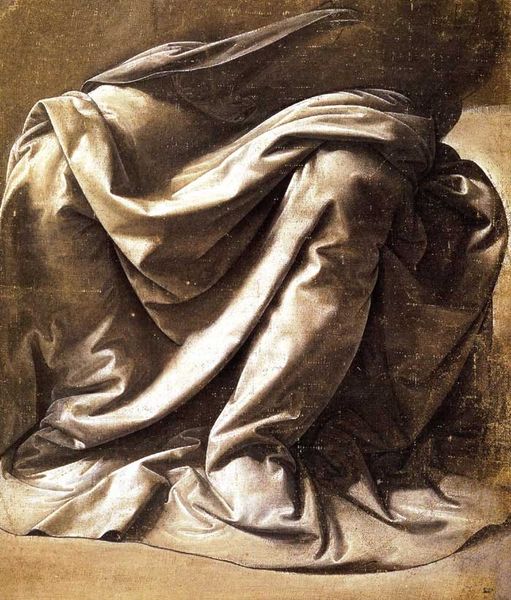
drawing, charcoal
#
portrait
#
drawing
#
portrait image
#
figuration
#
group-portraits
#
portrait drawing
#
charcoal
#
portrait art
#
modernism
Copyright: Javad Hamidi,Fair Use
Editor: Here we have Javad Hamidi's drawing titled "Women," created in 2000 using charcoal. The rendering gives it a somber feel, with draped figures almost fading into the shadows. What catches your eye, what’s your interpretation? Curator: The image immediately reads as a commentary on visibility and representation. Hamidi created "Women" in a period marked by complex social and political changes. What’s the public role of women at this time? Is this about creating a collective or highlighting a group within the broader Iranian society? Editor: The draped figures… it's interesting you point that out, almost like they're shrouded, obscuring identity. Do you see this related to something broader than Iranian society? Curator: That is very perceptive! This drawing definitely participates in a visual discourse where concealment becomes a strategy. How does Hamidi negotiate the line between covering and revealing within socio-political constraints? How did cultural institutions allow some portrayals of women and censor others? The figures could easily be seen as ghosts of some bygone period of repression. Editor: So it’s more than just aesthetics – there’s a historical and political argument being made through the art. I hadn’t considered the institutional constraints on representation at the time. Curator: Precisely. By understanding the forces at play, we can more fully appreciate the nuanced power of this image. Now, let me ask you, considering our conversation, how might a contemporary audience interpret it differently? Editor: Wow, I'll need to think about that, especially relating to our own current political and social context. This artwork really makes me think differently about how women's figures were created and the stories they can tell. Curator: And for me it raises the ever present reminder about how artworks become primary resources through which socio-political narratives are communicated and contested.
Comments
No comments
Be the first to comment and join the conversation on the ultimate creative platform.
